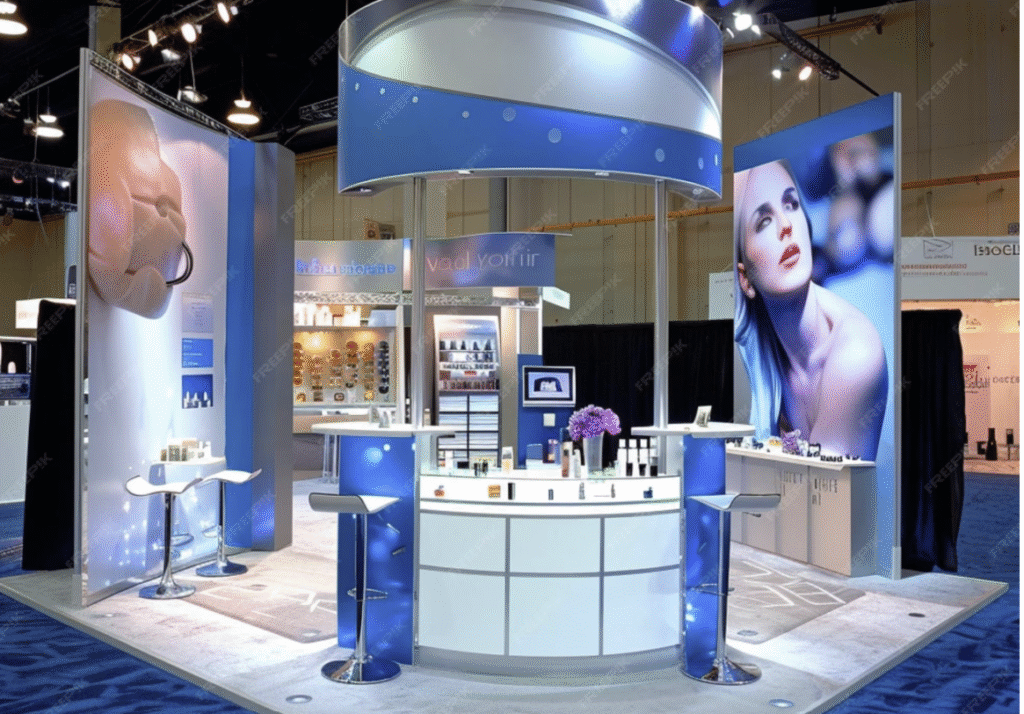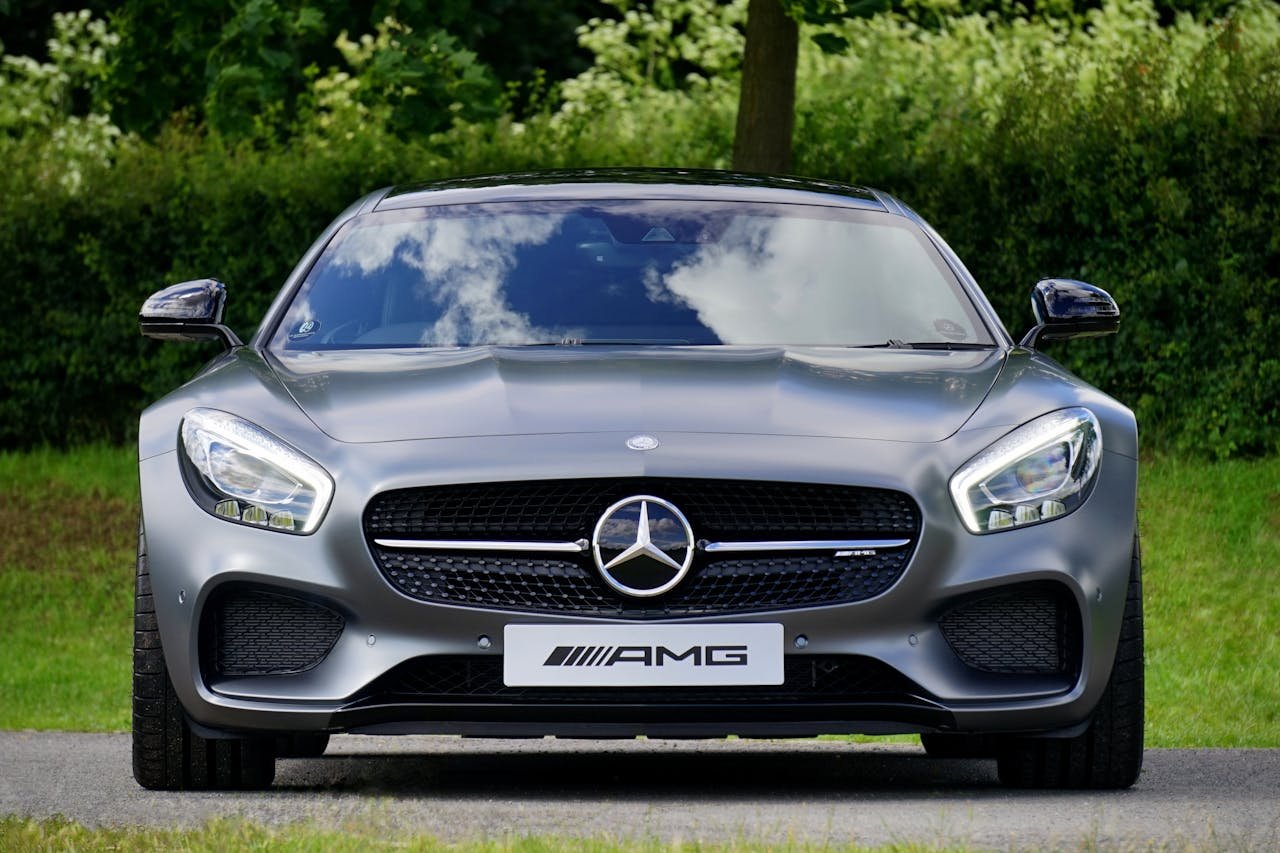Source: Freepik
Trade shows remain one of the most effective immersive environments for brand engagement because they present themselves as the only space for a company to show what they have been working on lately, engage with potential clients, or, at the very least, gain visibility in their industry. In this space, presentation is everything. It’s not enough to fill space. A well-crafted exhibit space tells a story, captures attention, and moves beyond interest to action. Often, companies will engage in trade show rental booths to stay within their financial means, but it is how the space is fully thought through and executed that matters.
Whether you are a startup attending a first-time industry expo or an established brand looking to reinvent yourself visually, there should be a sense of strategy and artistry behind your exhibit space. There needs to be a combination of logistical elements, branding ideas, and customer psychology behind it all. Here is how the best trade show exhibits were designed from the ground up.
Key Elements of a Winning Trade Show Exhibit Strategy
Source: Freepik
- Strategic Customization for Visual Impact
Booths make a statement. Putting your logo on a backdrop will not. Exhibitors today are building custom trade show exhibits that fit their brand story, products, and goals for audience engagement. Customization is more than just lights, colors, and graphics. It’s about providing space planning, unique display elements, and messaging that speaks directly to your audience.
By utilizing a unique layout that considers flow, engagement zones, and visual impact, companies can draw in visitors to navigate through an experience rather than a product show.
- Understand Your Audience Before You Design
An exhibit can only be impactful if it resonates with the people it intends to reach. Understanding who the audience is at that particular event and their expectations is vital before any design is developed or kit is built. Are they decision-makers looking to engage in return-on-investment discussions? Are they creative professionals looking for aesthetics and how things are being done?
The insight from your audience will empower exhibitors to develop messaging, visuals, and interactions that are far more impactful. It also helps determine whether your exhibit requires a quiet lounge space for people to relax, tech demo stations people can use, and whether there should be a private area for meetings. The better the audience, the clearer and sharper design decisions you will make.
- Storytelling as a Design Tool
Trade shows go by quickly, and most attendees will make quick decisions about which booths to engage. Exhibits that tell a cohesive, interesting story tend to be more memorable. Visuals, interactive components, and messaging can be used to help guide an attendee through a storyline that supports your brand’s mission and values.
Storytelling does not have to be verbal. You can tell your story through layout, materials, lighting, sound, and your staff. For all of the elements to be successful in supporting a theme or message that will allow your brand to be memorable long after the show ends, all the elements must work together consistently.
- Functionality and Flow Matter
A striking exhibit could capture their attention, but if it is poorly designed, it won’t hold their interest. Flow is so very important for getting people to move through a space without congestion or confusion. High-performance booths are designed in zones—an attraction zone (such as digital screens or live product demos), an engaging zone (areas for interactivity), and a conversion zone (where private meetings can take place).
Also, including a storage area, visible signage, and accessibility for some sort of usability can show that you are a thoughtful and professional brand. Don’t sacrifice usability for aesthetics when designing your space.
- Measurement and Adaptability
Lastly, no trade show strategy is complete without a strategy to measure success. Whether that is lead generation, tools for product feedback, or brand awareness, you will want to set KPIs before the show and track them at the show, and after. There are excellent tools around for performance evaluation—lead capture apps, visitor tracking systems, and post-show surveys.
Flexibility is another critical asset; exhibits should have the future in mind. Modular parts, interchangeable graphics, and multi-use structures only help a company evolve its future participation in different trade show environments and audience cohorts without reinventing the wheel.
End Point
Designing meaningful custom exhibits that stand out at leading industry events involves creativity, strategy, and an analysis of the audience. From your research, through the implementation, to the analysis of the data after the event, every part of this process is integral to being memorable. Regardless of whether you’re using custom trade show display rentals or modular trade show rental booths, success is about a diametrically aligned vision and focus on detail. There is a difference between a great exhibit and a “good-looking” exhibit: a great exhibit is functional.







